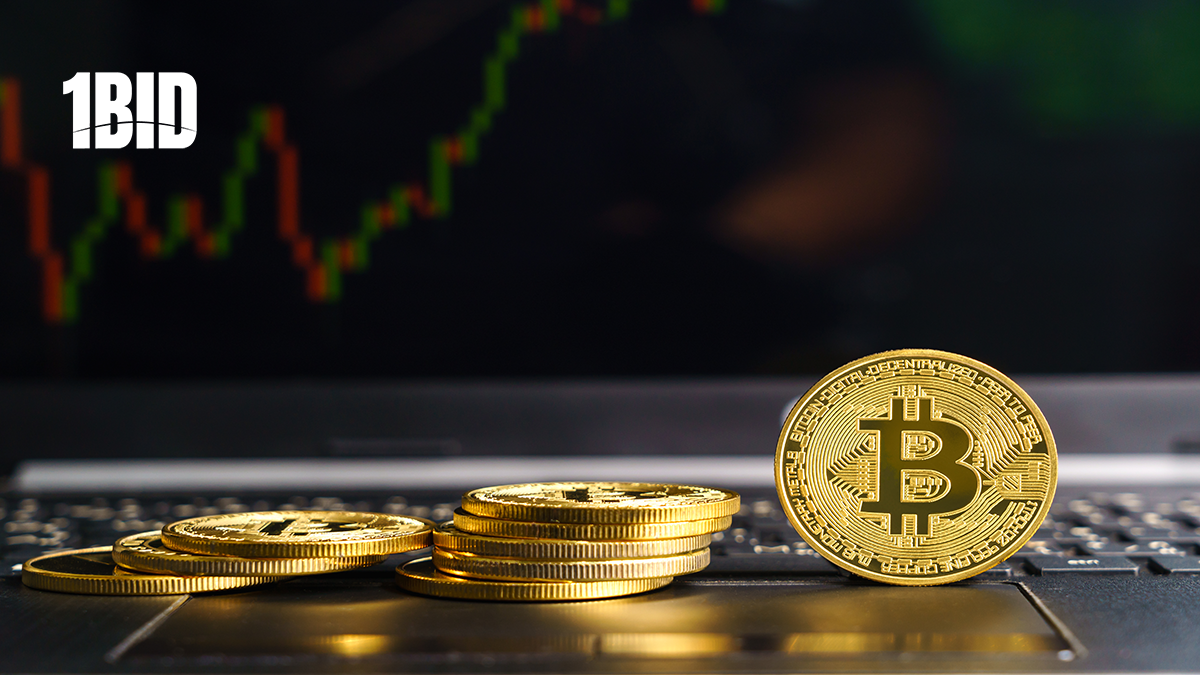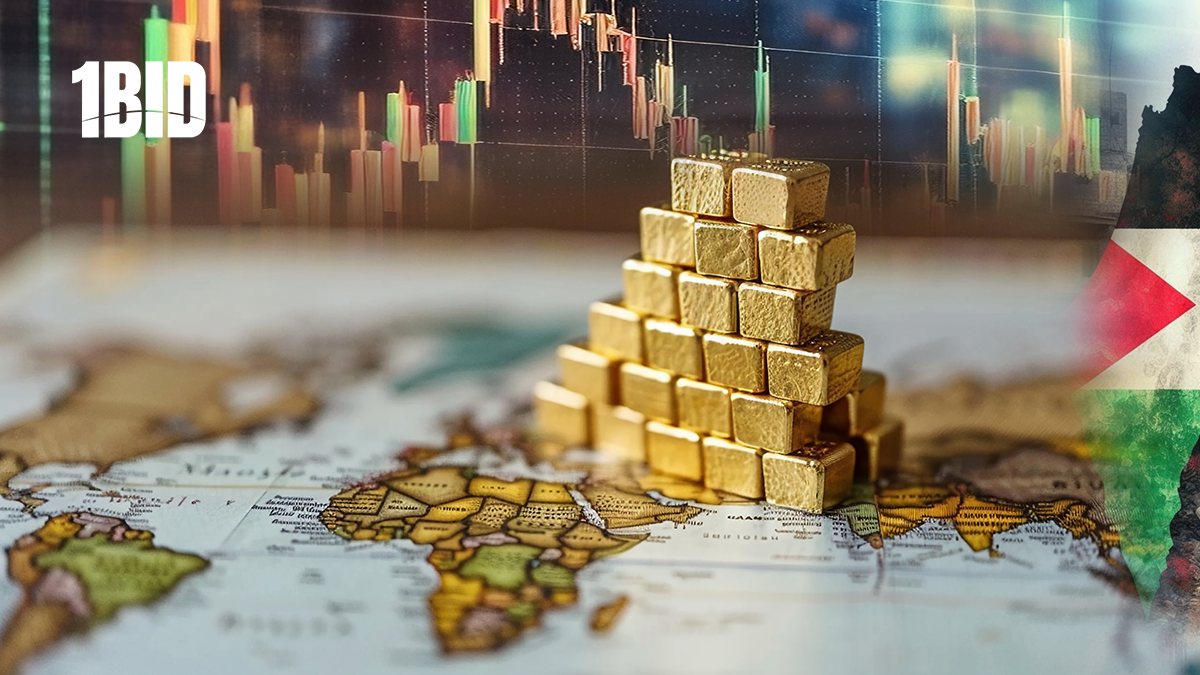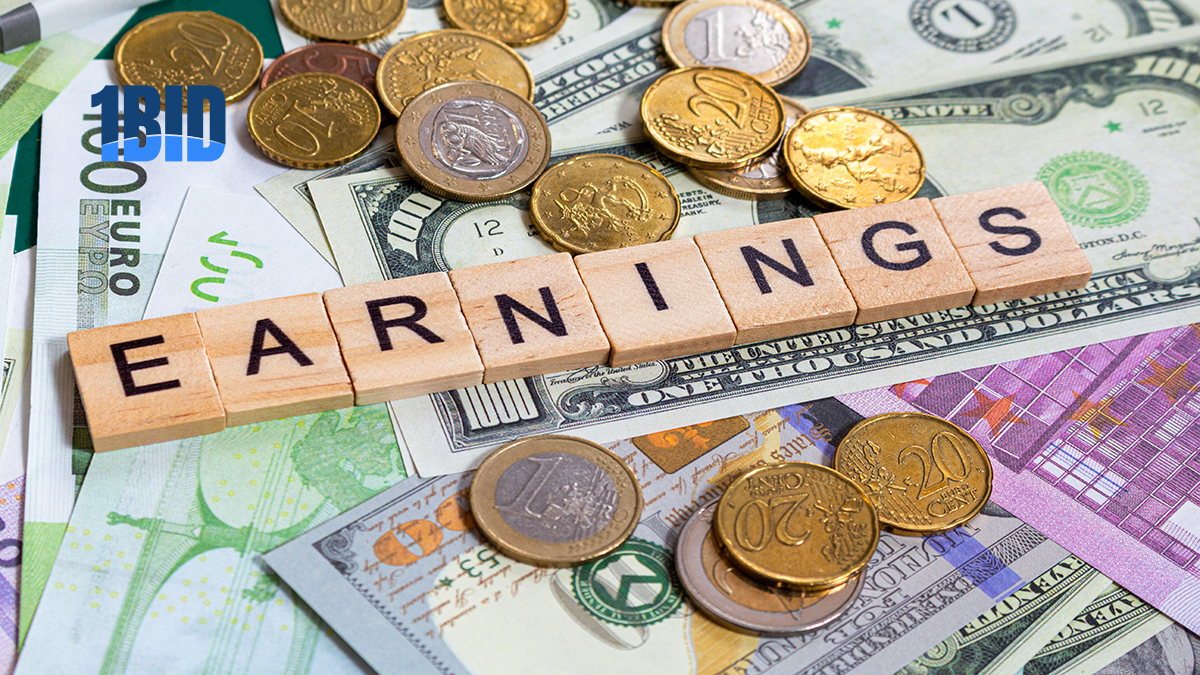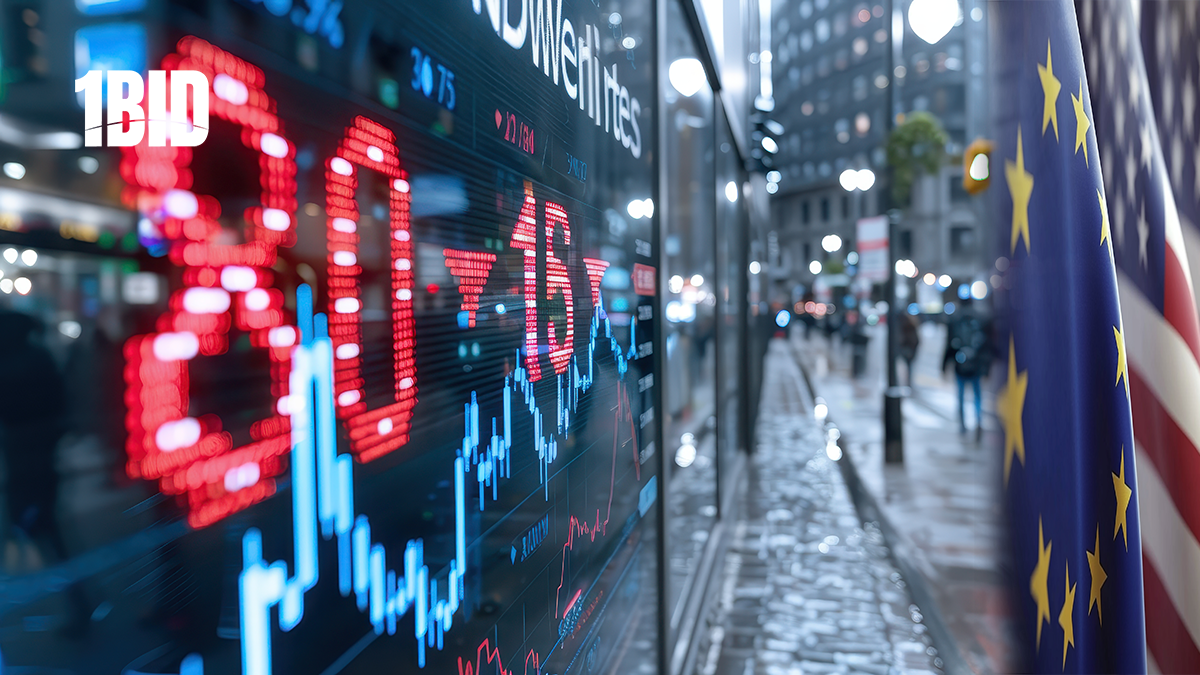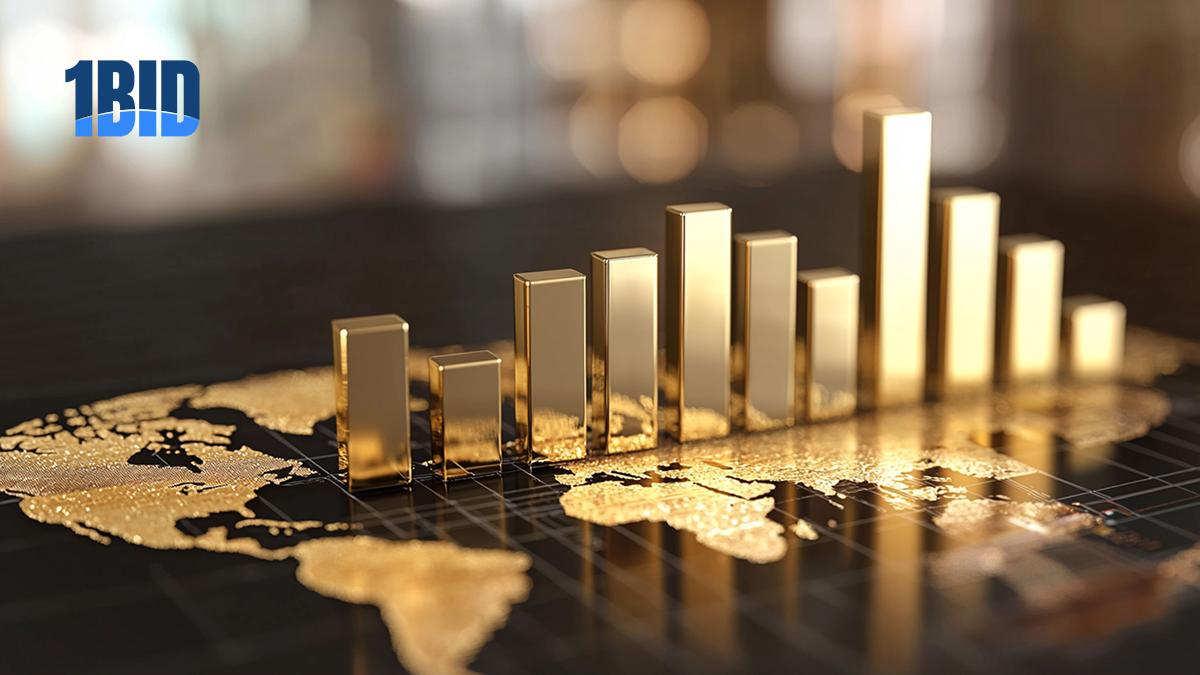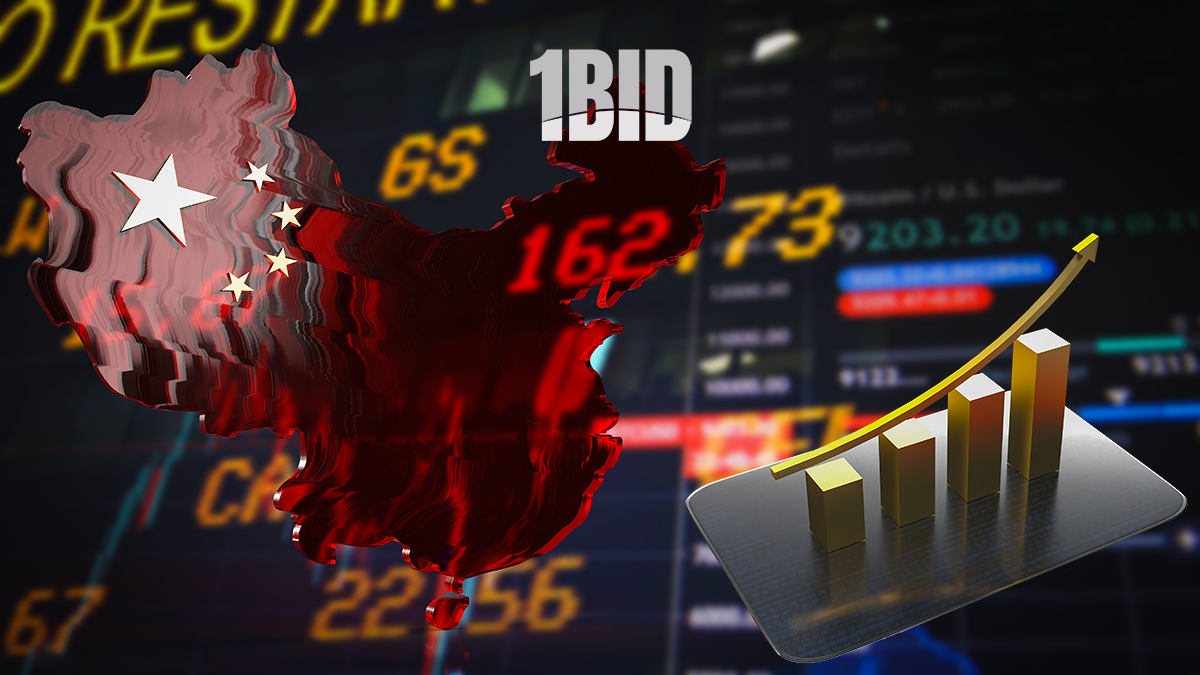Gold prices have gained traction as traders anticipate the release of US GDP data. Last Thursday, the price of gold (XAUUSD) rebounded from weekly lows in the sub-$2,500 region per troy ounce. The expectation of US interest rate cuts is likely to boost gold demand, as lower interest rates reduce the opportunity cost of holding non-yielding gold. Additionally, political uncertainty in the US, geopolitical tensions in the Middle East, and global economic concerns are contributing to the precious metal’s upward trend.
John Reade, Chief Market Strategist at the World Gold Council, noted that the demand for gold will continue to be driven by emerging markets, particularly China, India, and Turkey. Ole Hansen, head of commodities strategy at Saxo Bank A/S, mentioned that recent US data has not provided additional support for gold, leading traders to consider booking profits after a prolonged rally.
The renewed demand for the US Dollar could negatively impact the USD-denominated gold price, making gold more expensive for most buyers. Investors are closely monitoring the second estimate of the US Gross Domestic Product (GDP) for the second quarter (Q2) for further insights into the Federal Reserve’s (Fed) rate cut plans. Additionally, the US Personal Consumption Expenditures (PCE) Price Index data for July, scheduled for release on Friday, will be a key focus.
Silver is also attracting attention, with prices (XAGUSD) rising above $29.00 as investors focus on US GDP data. The price of silver edged higher to nearly $29.45 during the early European session on Thursday. Geopolitical tensions in the Middle East and a weaker US Dollar, amid expectations of a Fed rate cut, are providing support for the white metal.
The anticipation of the Fed easing its monetary policy in September is putting selling pressure on the Greenback, which in turn supports the USD-denominated silver price by making silver cheaper for most buyers. Market participants are also closely watching the ongoing tensions in the Middle East, particularly the conflicts involving Israel and Hezbollah, as any escalation could further boost silver prices.
On the other hand, a stronger US Dollar might drag silver prices down. The release of the US GDP Annualized data and the PCE Price Index could provide further indications of the US interest rate trajectory. The US economy is estimated to grow by 2.8% in the second quarter, while the Fed’s preferred inflation gauge, Core PCE, is projected to rise from 2.6% to 2.7% year-over-year in July.
Both gold and silver markets are experiencing significant movements influenced by a combination of economic data, geopolitical tensions, and monetary policy expectations. As traders and investors navigate these factors, the precious metals’ prices are likely to remain volatile, with potential for further gains depending on upcoming economic indicators and geopolitical developments.

